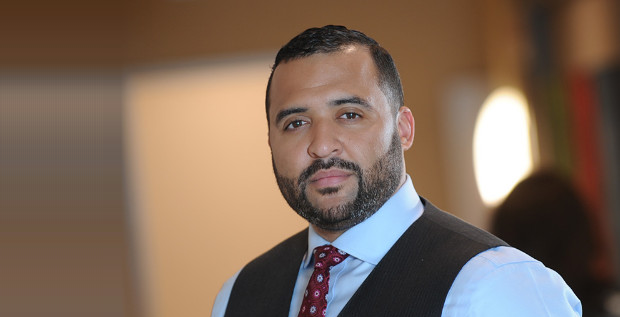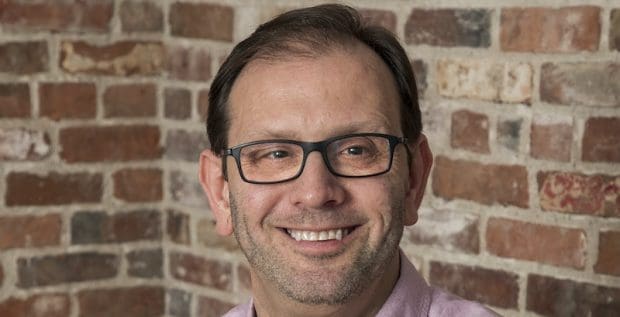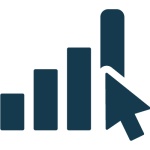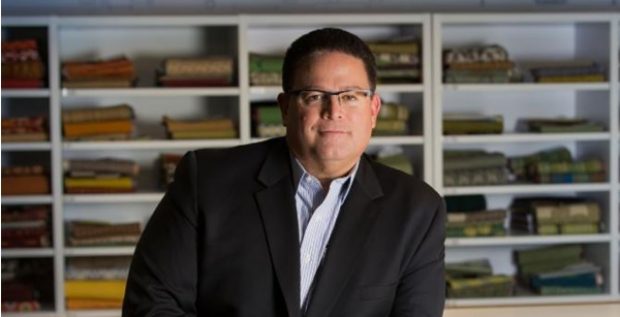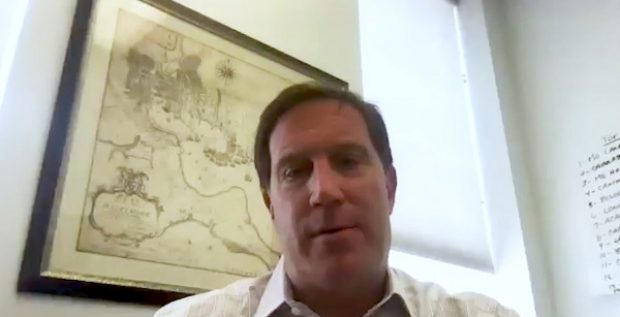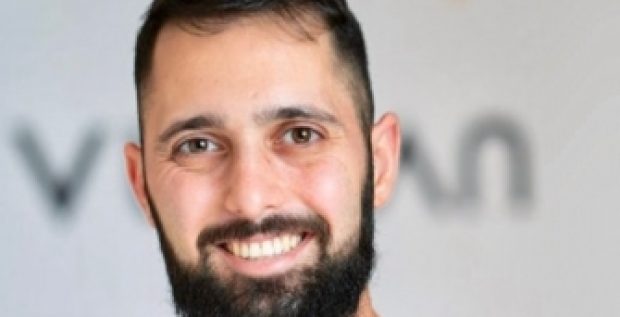Ryan Millman is the president and owner of Nations Photo Lab, a photography printing manufacturer based in Hunt Valley, Maryland. Since 2005, Nations has provided professional photographers with finishing services, framing, and more. Products include professional prints, metallic prints, photo on canvas printing, custom photo books, mounting, postcards, album printing, sports packages, press cards, photo gifts, and various elements of home decor. The company currently employs about 250 personnel.
Ryan also heads Nations sister brands Artsy Couture and GreekYearbook. In 2010, Ernst and Young named him entrepreneur of the year for the state of Maryland.
Q. Tell us about the company.
A. We manufacture everything photo-related. Anything that you could put a picture on, we make. It’s a great business. I’ve been in it for ten years. We now have a collection of four companies and have had a lot of growth and success.
Q. How and when did you get started?
A. I was the kid sitting in the back of class not really paying attention, trying to write up business models and business plans and figuring out how to one day make it on my own. I came up with an idea. The actual original concept was to do a yearbook for the University of Arizona. But why do a physical yearbook? Let’s go ahead and put it on the Internet. The Internet was so new there was no Facebook. There was no Google. The idea was really a social network for fraternity and sorority members. Everybody could see pictures of people from different colleges, create profiles—there was nothing like it at the time. So I called a company who had all of these portrait pictures for the colleges and they decided to send me couple thousand of these composite pictures—a composite is a fraternity or sorority which has a picture of every fraternity and sorority member—I started scanning these in and I came up with the name GreekYearbook. I thought, “This is great, I’m in business.” I bought a $5,000 scanner—a lot of money at that time—and this was exciting; here we go.
About a month later the company sends me a cease and desist letter. They say, “We don’t want to do this anymore. So I’m out of business. I have got to pivot the business already, and I decided to go ahead and buy one of the first digital cameras that came out and start taking pictures at local parties. I got a camera, I went out to the local bar, I took pictures, and I figured out, somehow, how to get people’s pictures on the Internet. Again, at the time, nobody had their picture on the Internet. HotBot and Lycos were the popular search engines, and as soon as the pictures went up they spread like wildfire.
Q. Describe the early days.
A. There was all this enthusiasm amongst the people at the University of Arizona. They started calling their friends: “Take a look at the picture! I’m online—this is so exciting!” Nobody was online. I knew I was on to something there and that was sort of the beginning.
A couple of years into that business model, when people started getting their first digital cameras for themselves, we realized that the headwinds were a little bit troublesome. We knew that people were going to be able to take the same pictures we were taking. The model wasn’t great. At that point I pivoted the business again, and that’s when I started doing the actual portrait pictures for the fraternity and sorority members—the same thing that that original company that told me to cease and desist, I got into their business. We really disrupted that business because the traditional model of how people did that was a very long and arduous process. We got in there and we were very hip company because we had all this content online—people’s pictures—so people knew us. And that model, the first shoot I did, I said to myself, “Wow I charged x, I made y. This business works. It’s time to scale.” And I scaled that to about 600 universities across the country. And from there, at some point along the way we were outsourcing all of the fulfilment. The fulfilment was quite a lot. We would print a lot of pictures for all these fraternity and sorority members. We would send pictures home to Mom and Dad. People would order portrait packages. I brought my first printer in-house. The day I got that first printer I thought, “This is great, but I can do more.” And that’s the day I started Nations Photo Lab. It was about 10 years ago and over the last 10 years, that business we’ve scaled to be one of the largest professional photo labs in the US.
Q. How have you financed and grown the company?
A. Everything from the beginning has been personally financed. I started out with a couple thousand dollars getting that first scanner, and kind of away I went. When I started Nations Photo Lab I literally put $500 in the checking account and never looked back. You know, in those early days you really have to keep an eye on every dollar. Every dollar’s got to turn into at least a dollar ten or a dollar twenty. But you get to the point where you have that working marketing model and then the question is if one dollar is turning into a dollar twenty, how many dollars can we spend? It makes you take a really close look at every aspect of your business. There has to be an ROI on everything you do and we have stayed true to keeping that model going and keeping that small business mentality as far as the way that we invest our dollars.
Q. How would you characterize your leadership style?
I’m somebody who—I haven’t necessarily trailblazed anything new. I’m not coming out to market with something that nobody else has done, and that’s sort of the world that I am comfortable in. I’m going after markets that are large enough markets, they have competitors, and they are showing me a path. I look for excellence across “Well what is everyone doing? Let me take all of the best features that everybody, all my competitors, are doing and let me put it into one. And let me go after a big enough market with our marketing prowess to go ahead and drive a big enough piece for our company.”
Competition is inherently good. We’ve learned a lot from our competitors. In the early days when I started my photo printing company I didn’t even know what type of photo printer to get. I had no experience. I actually saw people that worked at one of my competitors—I saw the resumes and in the resumes they say “I print my photographs for XYZ company on a Noritsu photo printer…” and I said, “Hmm, I’ve got to get me one of those machines.” And so you learn so much. Competition is great. It’s very challenging starting a completely new technology product or service and not really having a built market. You don’t know what the opportunity is. I really enjoy working in a competitive landscape that affords me enough opportunity, because of the size of the market, to go out there and do it as good as I can—as good as anybody else—and just continue to get better every day.







